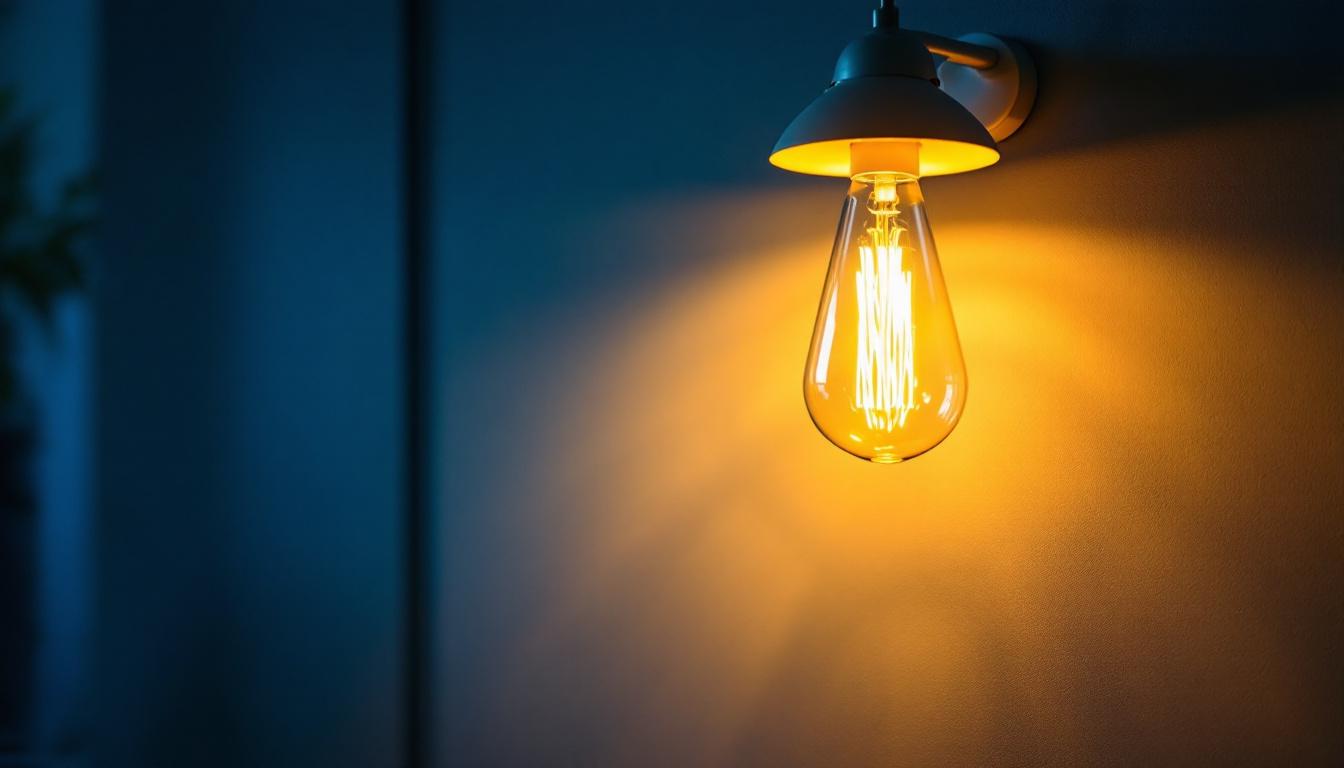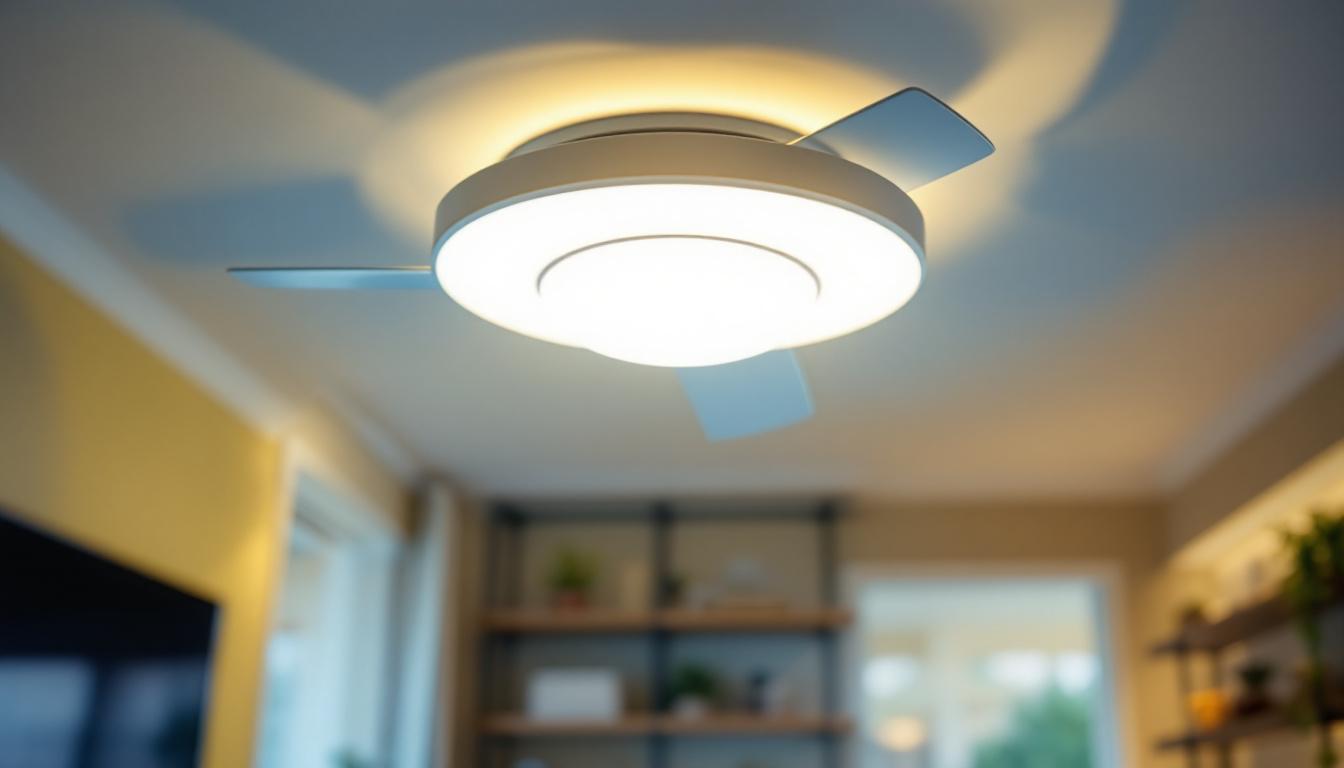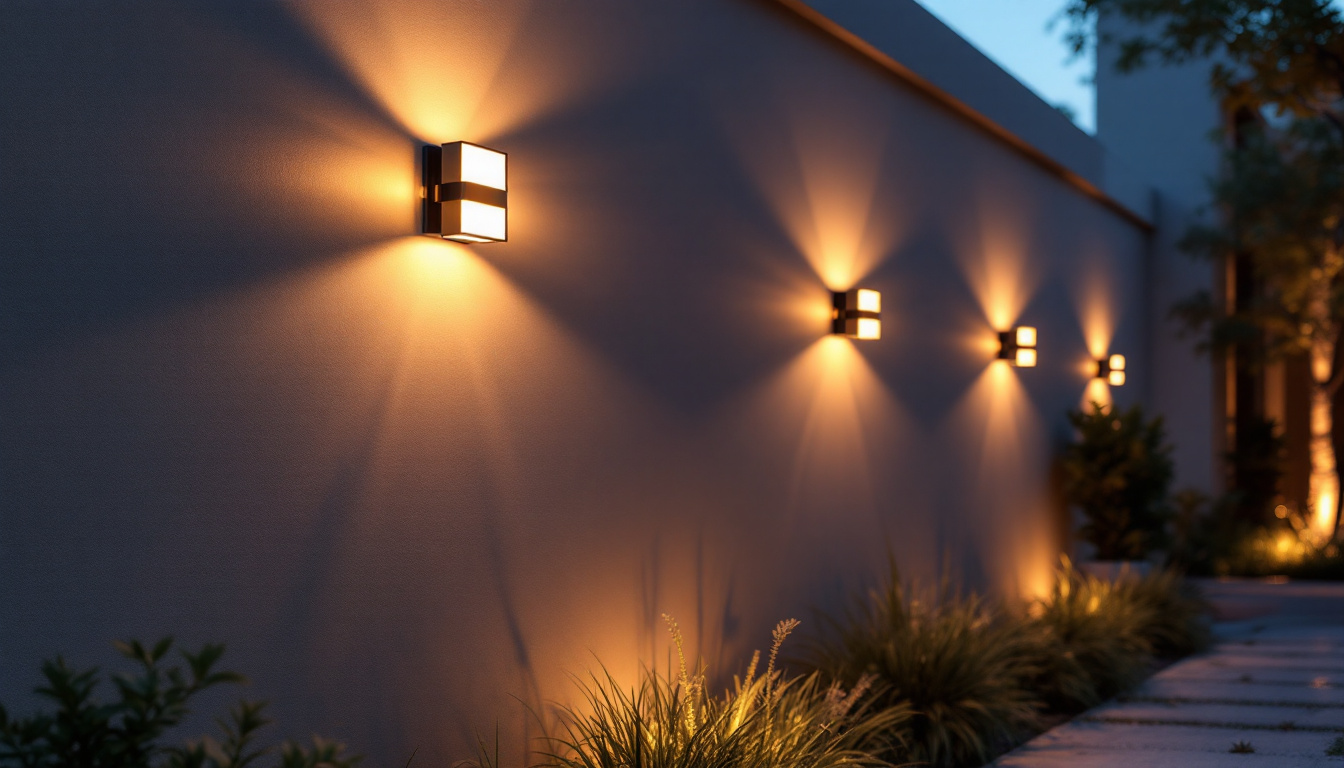
In the world of lighting design, the importance of electrical outlets cannot be overstated. They serve as the backbone of any lighting project, providing the necessary power to bring designs to life. For lighting contractors, understanding the nuances of electrical outlets can significantly enhance the quality of their work, leading to better designs and satisfied clients. This article explores the critical role of electrical outlets in lighting design, offering insights that can elevate any project.
Electrical outlets are more than just points of power; they are integral to the overall functionality and aesthetic of a lighting design. Proper placement and type of outlets can influence the effectiveness of lighting solutions, making it essential for contractors to consider them carefully.
Not all electrical outlets are created equal. Depending on the requirements of the lighting design, contractors may need to choose from a variety of outlet types. Standard outlets, GFCI outlets, and smart outlets each serve distinct purposes and come with their own set of advantages.
Standard outlets are the most common and are suitable for general lighting needs. GFCI outlets, on the other hand, are crucial in areas where moisture is present, such as bathrooms and kitchens. They provide an extra layer of safety by preventing electrical shocks. Smart outlets, which can be controlled remotely, offer flexibility and convenience, allowing users to adjust lighting levels and schedules from their smartphones. Additionally, there are also specialty outlets designed for specific lighting needs, such as dimmer outlets that allow for adjustable brightness, enhancing the ambiance of a room.
The placement of electrical outlets can make or break a lighting design. Strategic positioning ensures that lighting fixtures are powered effectively while maintaining the aesthetic appeal of the space. For instance, placing outlets near seating areas allows for easy access to power for table lamps or floor lamps, enhancing both functionality and comfort.
Moreover, considering the height and visibility of outlets is crucial. Outlets that are too low may become obstructed by furniture, while those that are too high can disrupt the visual flow of a room. Thoughtful placement can lead to a seamless integration of lighting elements into the overall design. It’s also important to think about the future; as technology evolves, the need for additional outlets may arise. Planning for extra outlets in key areas can save homeowners from the hassle of retrofitting later on. Furthermore, incorporating outlet covers that blend with the wall color or texture can enhance the overall design, ensuring that these functional elements do not detract from the room’s aesthetic appeal. By considering both current and future needs, designers can create a lighting plan that is both beautiful and practical.
As technology advances, so do the possibilities for innovative lighting solutions. Electrical outlets play a pivotal role in these advancements, enabling contractors to implement cutting-edge designs that cater to modern needs.
Smart technology has revolutionized the way lighting is controlled and experienced. By integrating smart outlets into lighting designs, contractors can offer clients enhanced control over their environments. These outlets can be programmed to adjust lighting based on time of day, occupancy, or even mood.
For example, a smart outlet can be set to dim lights gradually as evening approaches, creating a cozy atmosphere. This level of customization not only improves user experience but also contributes to energy efficiency, making it a win-win for both contractors and clients. Furthermore, many smart outlets can be controlled remotely via smartphone apps, allowing users to turn lights on or off, or adjust brightness levels from anywhere in their home or office. This feature is particularly beneficial for those who travel frequently or want to enhance their home security by simulating occupancy when they are away.
In many cases, a single outlet may not suffice to power multiple lighting fixtures. This is where power strips and multi-outlet adapters come into play. They provide additional outlets while maintaining a clean and organized appearance.
Contractors should be mindful of the load capacity when using these solutions. Overloading a power strip can lead to safety hazards, so it’s essential to calculate the total wattage of the connected devices. By doing so, contractors can ensure that their lighting designs remain both functional and safe. Additionally, many modern power strips come equipped with surge protection, which is crucial for safeguarding sensitive lighting equipment from voltage spikes. This added layer of protection not only prolongs the lifespan of the fixtures but also instills confidence in clients regarding the safety and reliability of their lighting solutions.
Moreover, the design of power strips has evolved significantly, with options that include built-in USB ports for charging devices, making them even more versatile. This means that contractors can create lighting setups that not only illuminate spaces but also accommodate the growing number of electronic devices in homes and offices. By incorporating these advanced power solutions, contractors can enhance the functionality of their lighting designs, ensuring that they meet the demands of today’s tech-savvy users.
While functionality is paramount, aesthetics should not be overlooked. The design of electrical outlets can significantly impact the overall look of a space. Contractors have the opportunity to choose outlets that complement their lighting designs, enhancing the visual appeal of the project.
Electrical outlets come in a variety of finishes and colors, allowing contractors to select options that harmonize with the surrounding decor. For instance, a sleek, modern outlet can enhance a contemporary design, while a vintage-style outlet may be more suitable for a traditional setting.
Additionally, color can play a significant role in how outlets blend into a space. White outlets may be a safe choice, but exploring options like matte black or brushed nickel can add a touch of sophistication. The key is to ensure that the outlets do not detract from the lighting design but rather enhance it.
In high-end lighting designs, the visibility of electrical outlets can sometimes be a distraction. Contractors can explore creative solutions for concealing outlets, such as using furniture to hide them or installing outlets in less conspicuous locations.
Another innovative approach is to use pop-up outlets. These outlets can be installed in countertops or tables, remaining hidden when not in use. This not only keeps the design clean but also provides functionality when needed, making them an excellent choice for modern spaces.
Safety is a paramount concern in any electrical installation, and lighting designs are no exception. Understanding the safety standards and regulations surrounding electrical outlets is crucial for contractors to ensure the well-being of their clients.
Each region has specific electrical codes that dictate the installation and placement of outlets. Contractors must familiarize themselves with these regulations to avoid potential legal issues and ensure the safety of their installations. Compliance with local codes not only protects clients but also enhances the contractor’s reputation.
Regular inspections and updates to electrical systems are also essential. Outdated wiring or faulty outlets can pose significant risks, and addressing these issues proactively can prevent accidents and ensure a safe environment for clients.
Ground fault protection is a critical safety feature that should be considered when designing lighting solutions, especially in areas prone to moisture. GFCI outlets are designed to protect against electrical shocks by interrupting the flow of electricity when a ground fault is detected.
Contractors should ensure that GFCI outlets are installed in all necessary locations, such as kitchens, bathrooms, and outdoor areas. This not only enhances safety but also provides peace of mind for clients, knowing that their lighting systems are designed with safety in mind.
The landscape of electrical outlets and lighting design is continually evolving. Staying ahead of trends can give contractors a competitive edge and allow them to offer innovative solutions to their clients.
As technology advances, the integration of wireless charging capabilities into electrical outlets is becoming increasingly popular. These outlets allow users to charge their devices without the need for cords, creating a cleaner and more organized space.
Incorporating wireless charging outlets into lighting designs can enhance convenience for clients, especially in residential settings where multiple devices are often in use. This trend not only adds functionality but also aligns with the growing demand for smart home solutions.
Energy efficiency is a significant consideration for modern lighting designs. The emergence of energy-efficient outlets, which minimize energy consumption when devices are not in use, is a trend that contractors should embrace.
These outlets often come equipped with features such as timers or occupancy sensors, allowing them to automatically shut off power to connected devices when they are not needed. This not only reduces energy costs for clients but also contributes to a more sustainable future.
Electrical outlets are a fundamental aspect of lighting design that often goes unnoticed. However, their impact on functionality, safety, and aesthetics cannot be underestimated. By understanding the various types of outlets, their placement, and the latest trends, lighting contractors can elevate their designs and provide exceptional value to their clients.
As the industry continues to evolve, staying informed about innovations in electrical outlets and lighting technology will be crucial. By embracing these changes, contractors can create lighting solutions that are not only beautiful but also safe, efficient, and aligned with the needs of modern living.
Incorporating a thoughtful approach to electrical outlets can transform a lighting project from ordinary to extraordinary, ensuring that every design is a true reflection of the client’s vision and lifestyle.
Ready to enhance your lighting designs with the best electrical outlets and lighting products on the market? Look no further than LumenWholesale, where we provide contractors with top-quality, spec-grade lighting products at unbeatable wholesale prices. Our extensive selection is designed to meet the highest industry standards, ensuring you get reliable, high-performance lighting for every project. Plus, with free shipping on bulk orders, you can enjoy premium lighting at the best value — without hidden fees or compromises. Elevate your lighting projects today by visiting Wholesale Lighting at the Best Value and experience the perfect blend of quality, affordability, and convenience with LumenWholesale.

Discover essential insights and expert advice on LED linear lights with our quick tips tailored for lighting contractors.

Illuminate your business expertise with our comprehensive guide on outdoor lighted signs.

Discover how a light fan kit can revolutionize your lighting installation projects by enhancing efficiency, reducing costs, and providing versatile design options.

Discover the advantages of large exterior wall lights for lighting contractors.